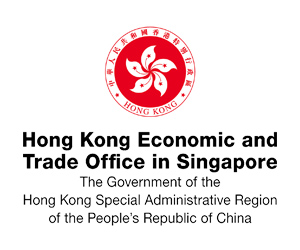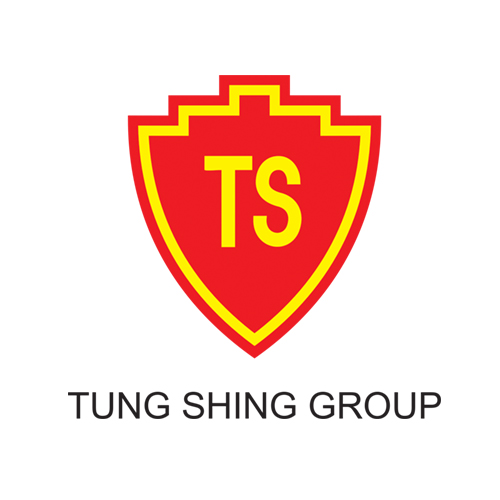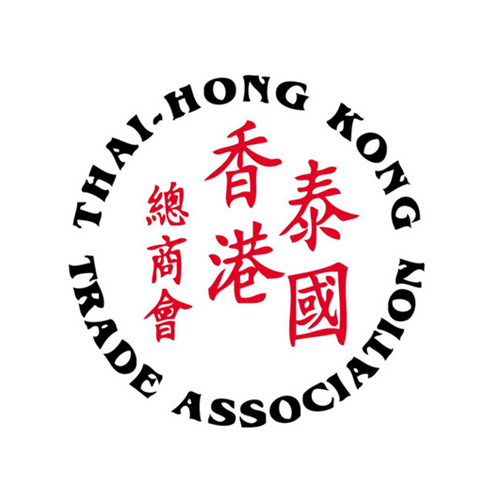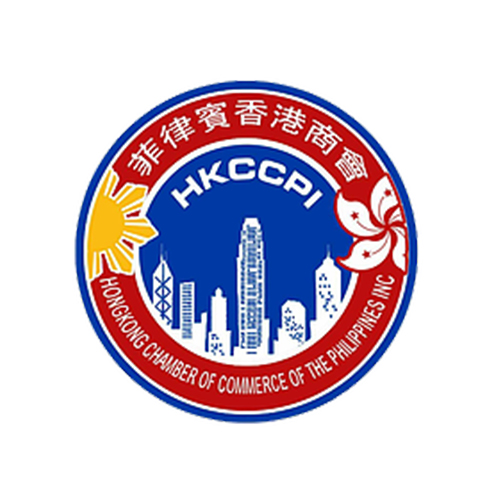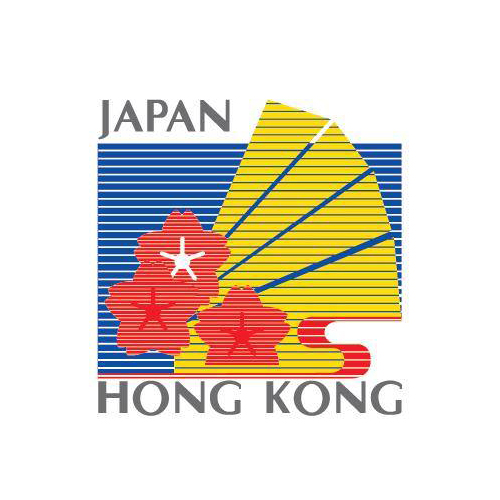Want to be in the loop?
subscribe to
our notification
Business News
ASEAN MANUFACTURING SECTOR SEES SLIGHT IMPROVEMENT
There are some new and slight improvement across the ASEAN manufacturing sector in January, according to S&P Global Ratings, with the headline ASEAN manufacturing PMI rising from 49.7 in December to 50.3. Manufacturers continued to be optimistic about the 12-month output outlook. Growth was recorded across four of the seven ASEAN members.
The purchasing manager’s index (PMI) data by S&P Global Ratings revealed a renewed, but slight, improvement in the manufacturing sector in the ASEAN region at the start of the year.
The PMI rose from 49.7 in December to 50.3 in January, crossing the neutral 50 threshold for the first time in five months - the threshold to confirm the manufacturing industry expands if the index is higher than 50 and narrows if it falls below 50.
Output rose at the quickest pace since last August. The upturn was supported by firms working through backlogs, which fell for the seventh successive month, as new orders declined again.
The latest decline in sales was the weakest recorded in the current five-month sequence of decline, S&P Global Ratings noted in a release. In terms of prices, inflationary pressures intensified, with both input prices and output charges rising at the strongest rates in ten months.
Demand weakness was particularly notable across export markets, and this led overall new orders to decline for the fifth straight month. The rate of contraction was the softest seen over this period and only marginal.
Maryam Baluch, an economist at S&P Global Market Intelligence said, "In the future, manufacturers will not be able to maintain output growth amid demand shortages. The PMI could fall below 50 if new orders continue to decline, signalling many obstacles in the global economy and stagnant demand from foreign markets."
At the national level, growth was recorded across four of the seven ASEAN constituents, with Indonesia leading the upturn by a notable margin. Meanwhile, the most marked deterioration in conditions was seen in Myanmar.
Trade-dependent economies such as Thailand and Malaysia will continue to see production indexes decline, while consumption-based economies such as Indonesia and the Philippines will continue to grow.
Although Malaysia's January PMI increased to the highest level in the past 16 months, it is still in the decline zone. Thailand is also in a similar situation when the number of new orders and backlog of work decreased sharply.
In Vietnam, companies were concerned about business conditions but also hoped that demand and customer numbers would improve. Vietnam's PMI recorded growth again in early 2024 with the threshold above 50 thanks to the increasing new orders and output.
Looking ahead, ASEAN manufacturers continue to express strong optimism when assessing the 12-month outlook for output. The overall level of positive sentiment remained below the historical average, however, despite rising from December.
Source: VIR
Related News

GOLDEN DEAL, KNOCK-DOWN OFFER
Are you ready for a fun-filled family vacation. Don't miss the super attractive Family Staycation package at Becamex Hotel. 2 days 1 night package with full amenities and free activities: Buffet breakfast, Swimming, tennis, bicycle, gym, sauna, cool ice cream, 300.000 VND service voucher and many other offers! Contact now for detailed advice.

"BEARY CHRISTMAS" CHARITY PROGRAM
As the Festive Season approaches, Caravelle Saigon, in collaboration with VinaCapital Foundation (VCF), is bringing a heartwarming charitable initiative to life — and we are delighted to invite all HKBAV members to take part in the very first “Beary Christmas” Charity Program. By adopting a Caravelle Bear for VND 299,000 nett, you will be directly supporting children battling cancer in Vietnam through VCF’s Can-Care/Can-Clover Program.

SOILBUILD INTERNATIONAL WINS “BEST INDUSTRIAL DEVELOPMENT” AWARD FOR SPECTRUM NGHE AN AT THE PROPERTYGURU VIETNAM PROPERTY AWARDS 2025
Soilbuild International is pleased to announce that its project, Spectrum Nghe An, has been awarded Best Industrial Development at the PropertyGuru Vietnam Property Awards 2025, held on 24th of October 2025, in Ho Chi Minh City. The PropertyGuru Vietnam Property Awards is part of the prestigious PropertyGuru Asia Property Awards series, the largest and most respected real estate awards programme in Asia.

WEBINAR: 2025 VIETNAM KEY TAX FINALISATION, UPDATES ON TAX CHANGES AND GLOBAL MINIMUM TAX
Dear Valued Client,We would like to invite you to our webinars on Friday, 12 December 2025, and Tuesday, 16 December 2025, to review and learn about key 2025 tax finalisation topics and stay ahead with the latest tax changes.
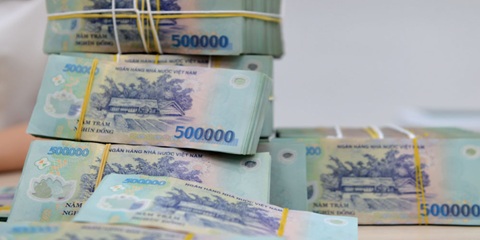
NEW ECONOMIC POLICIES EFFECTIVE THIS DECEMBER
Government Decree 304/2025, effective December 1, sets stricter conditions for seizing collateral, especially assets that are a borrower’s sole residence or essential work tools. In such cases, lenders must set aside a compensation amount equivalent to six to twelve months of minimum wage. The measure aims to improve transparency in bad debt handling and reduce credit risk in the banking system.

QUANG NINH TARGETS VND58 TRILLION IN TOURISM REVENUE
Quang Ninh Province is aiming to generate VND58 trillion in tourism revenue this year after surpassing its goal of 21 million visitors, driven by new tourism products, expanded nighttime activities, and large-scale events. As of mid-November 2025, Quang Ninh had welcomed 21.28 million visitors, up 12% year-on-year. Tourism revenue reached at least VND57 trillion, a 22.46% increase from the same period last year. With its visitor target achieved, the province is now pushing toward its revenue goal of VND58 trillion.
